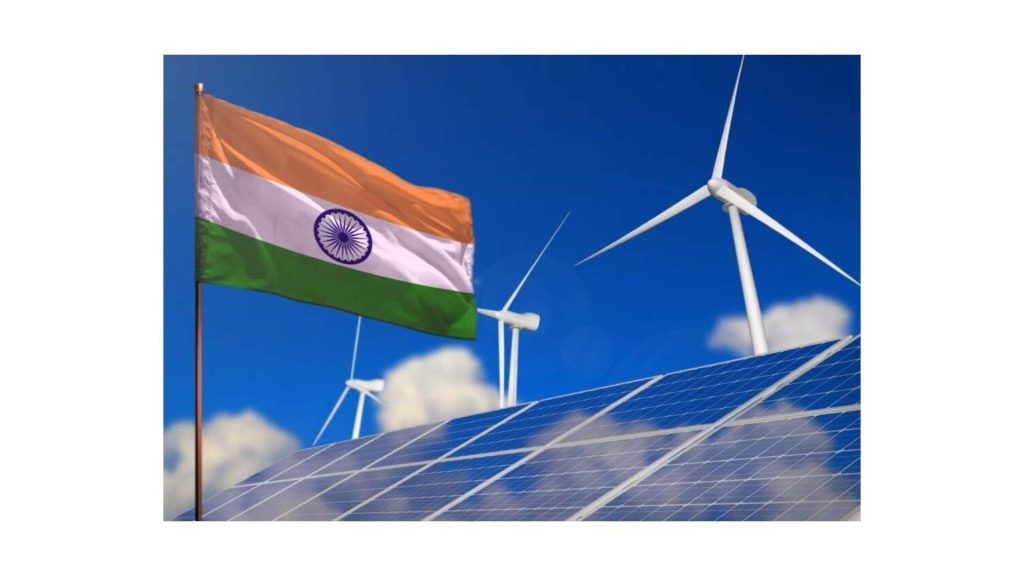India’s renewable energy capacity has reached 200 GW, accounting for 46.3% of total power.
However, the Global Trade Research Initiative (GTRI) suggests that India’s ambitious goal of installing 500 GW of renewable energy by 2030 may lead to annual solar equipment imports worth about $30 billion.
This could also make India more dependent on China, which supplies a large amount of solar equipment. India is currently trying to build its own solar manufacturing industry, which will require significant investment to create a complete supply chain in areas like polysilicon and wafer production.
Without this, India will continue to depend on imports and struggle to reach its renewable energy goals.
You may recall that in 2023-24, India installed 15 GW of solar energy, raising the total capacity to 90.8 GW. China controls around 97% of the global polysilicon production, which is a key material for solar panels.
In the last year, India imported solar modules worth $7 billion, with 62.6% of these imports coming from China. While India is trying to promote local manufacturing through schemes like the Make in India and Production-Linked Incentive (PLI), most of the solar projects still depend on imported materials.
The country has also imposed customs duties on imports from China, but solar equipment from other countries like Vietnam and Malaysia are exempt from these duties due to trade agreements.
Experts suggest that India needs to boost its own production of solar cells and components, starting from raw materials like silica, to reduce dependence on imports. India may also need to partner with countries like the US, Japan, and the EU to build large-scale solar factories and become more independent in solar power production.











